#courtly love
Text
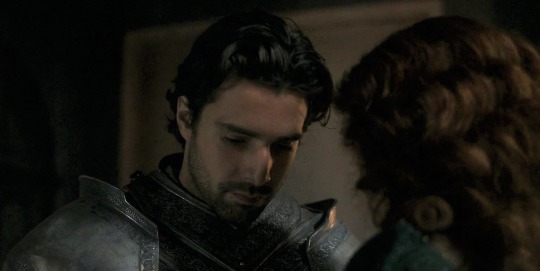




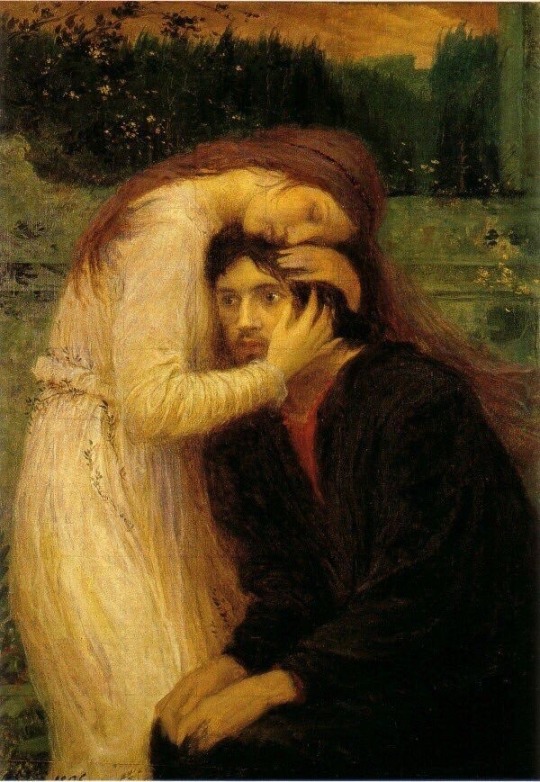
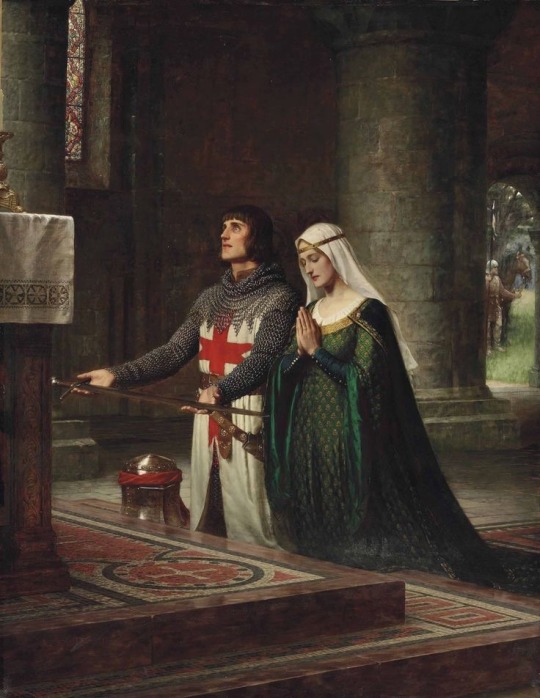



a hunger like no other - sk osborn, the great, akwaeke emezi, the good fight - ada limón, union of souls - max švabinský, the dedication - edmund leighton, coffin heart? bury me - fatima aamer bilal
#not many people get it BUT I DO!!!!#hotd#alicent hightower#criston cole#alicole#alicent x criston#web weaving#art#house of the dragon#welighttheway#alicenthightowerdaily#religious trauma#religious themes#romance#courtly love#aesthetic
878 notes
·
View notes
Text

The Queen and Her Justice
#hotd#alicent hightower#criston cole#alicole#alicent x criston#art#house of the dragon#welighttheway#alicenthightowerdaily#romance#courtly love#aesthetic#aemond targaryen#otto hightower#ser criston cole#aegon ii targaryen#helaena targaryen#team green
633 notes
·
View notes
Text

looking back through ages
my "between comms" personal burnout prevention piece of the moment. this went ASTONISHINGLY fast, partly because I finally figured out a way to use the incredible devin elle kurtz brushes in a way that made sense for my style and partly because I did a different thing flatting where I didn't do an under layer in unlit colors. Just skipped that entirely lol
#unicorn#creature art#medieval#courtly love#accolade#esk#esks#those who went missing#arpg#nature spirit
251 notes
·
View notes
Text

Elaine by Edmund Blair Leighton
#edmund blair leighton#art#elaine#arthurian#camelot#river thames#astolat#escalot#the lady of shalott#king arthur#queen guinevere#sir lancelot#britain#medieval#middle ages#great britain#mythology#courtly love#elaine of astolat#guinevere#boat#castle#lancelot#alfred lord tennyson#alfred tennyson#idylls of the king#sir thomas malory#thomas malory#maiden#maid
227 notes
·
View notes
Text
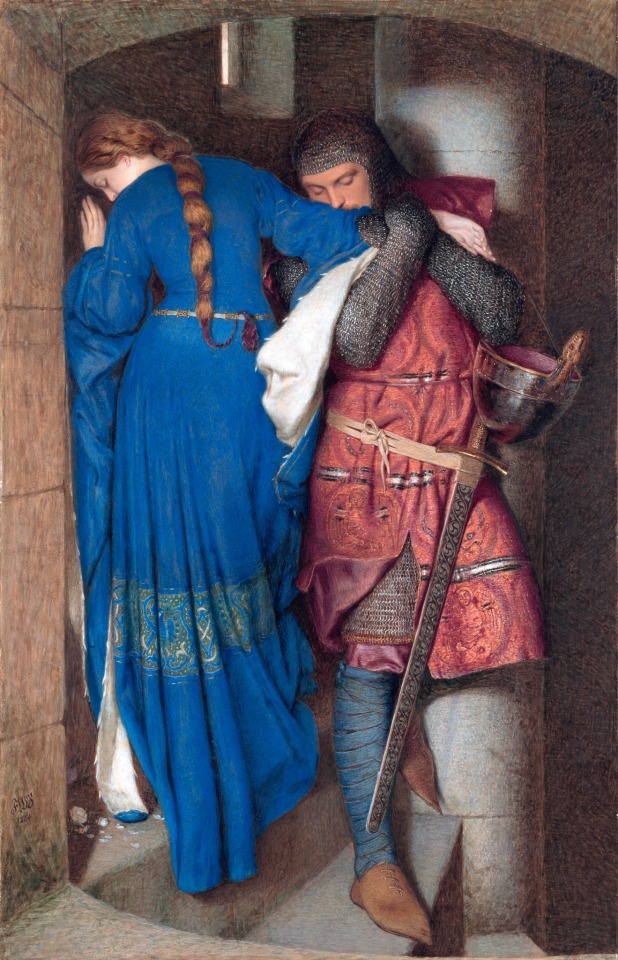
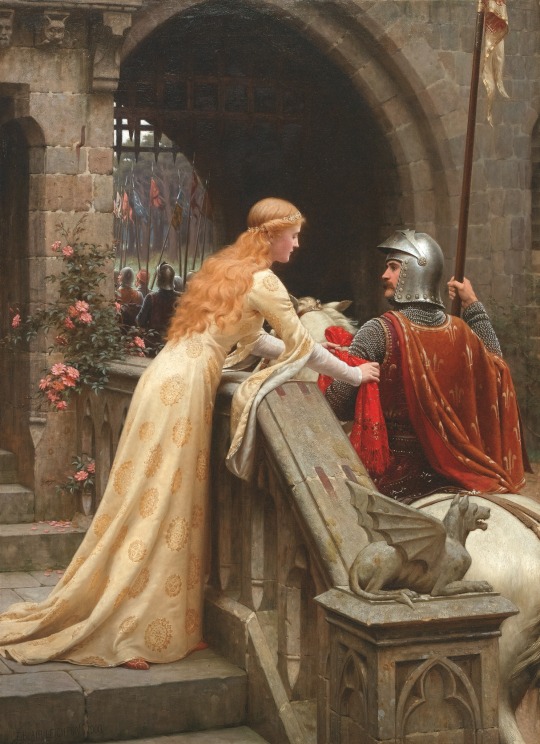


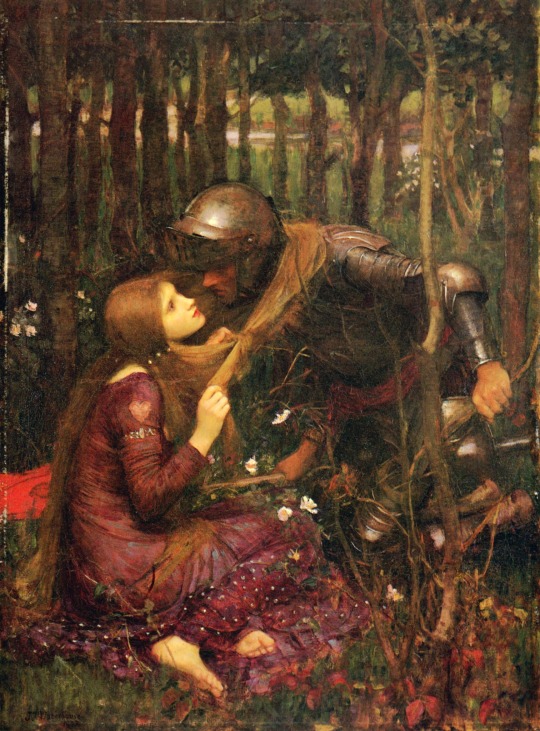
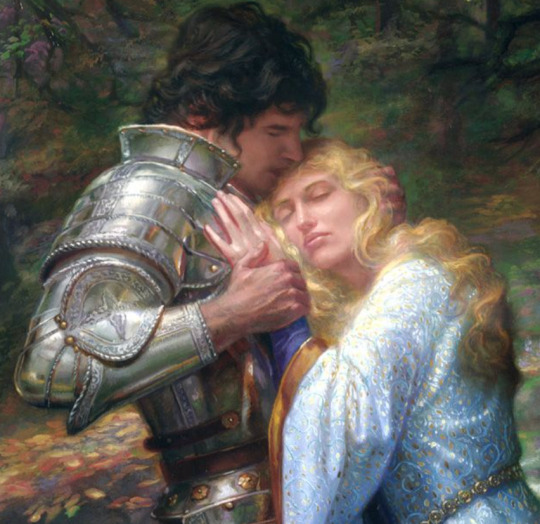
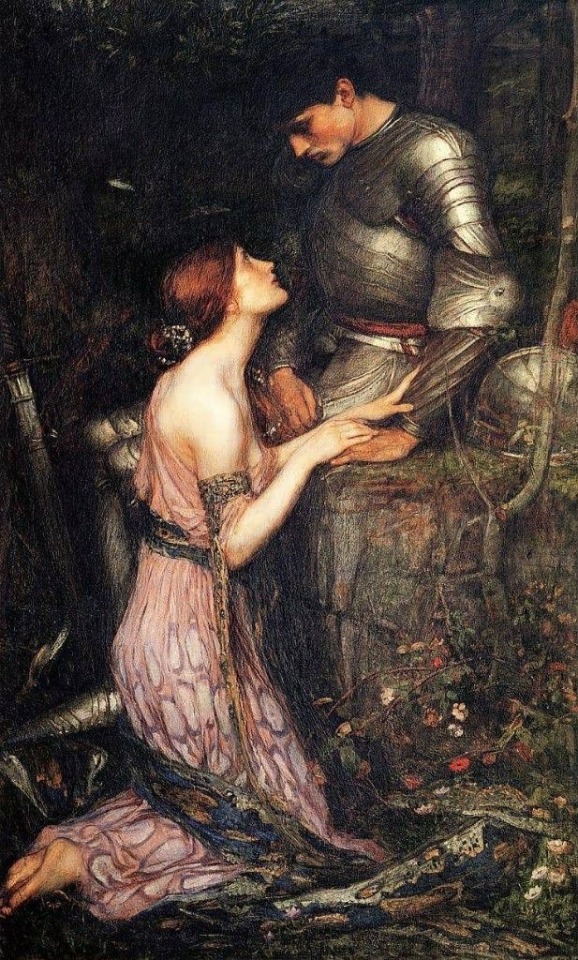
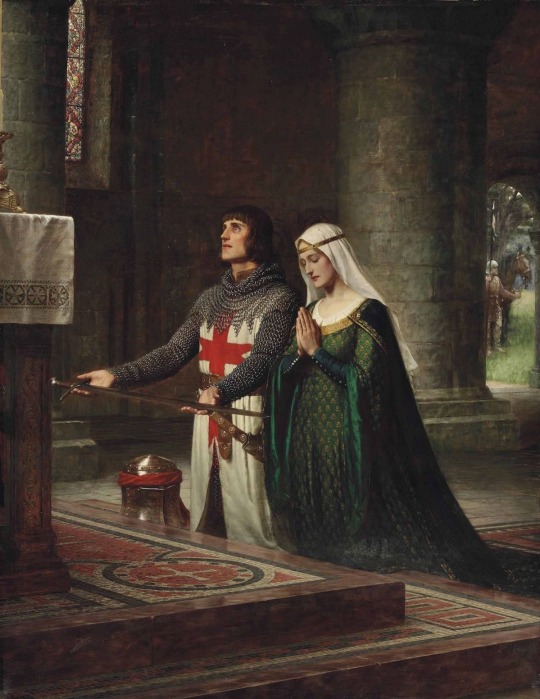
thinking soooo many crazy thoughts rn
#courtly love#medieval art#paintings#screaming#litblr#writeblr#lancelot and guinevere#alicole#enough brooding bad boy princes with dark hair show me the knight with kind eyes who actually gives a shit about her#why did we ever decide to get rid of the princess x knight dynamic???#it’s about the YEARNING#images#musings
221 notes
·
View notes
Text
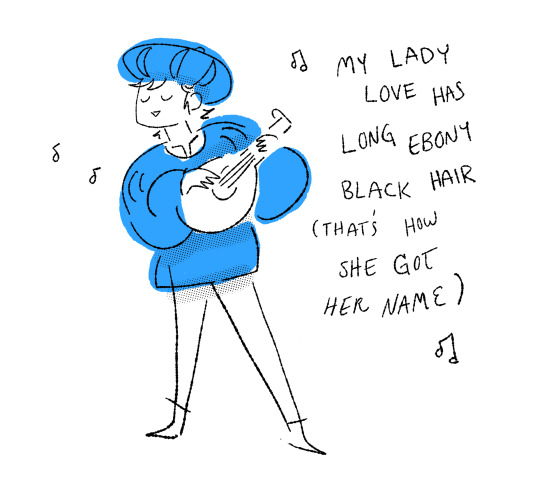
333 notes
·
View notes
Text

Courtly love was not restricted to humans in the middle ages. Godzilla also had a damsel he pledged to fight for.
100 notes
·
View notes
Text
did you guys know about courtly love??? because I didn't
My introduction to courtly love was reading a Diana Wynne Jones novella that made no sense unless you know what courtly love is. After crawling confusedly through ancient Livejournal reviews to piece together what the story had been about, I took away that it was a weird medieval knight thing where you talk a lot of guff to a (married) woman without ever expecting it to turn into more than what it is.
The first chapter of CS Lewis's The Allegory of Love explains the concept much more thoroughly. His account is pleasantly bonkers. I now relay it to you. (Note: not only am I skeptical of parts of his account, I read it while sleep deprived, so salt liberally.)
First, a sketch of the relationship:
The lover is always abject. Obedience to his lady’s lightest wish, however whimsical, and silent acquiescence in her rebukes, however unjust, are the only virtues he dares to claim. There is a service of love closely modelled on the service which a feudal vassal owes to his lord. The lover is the lady’s ‘man’. He addresses her as midons, which etymologically represents not ‘my lady’ but ‘my lord’. The whole attitude has been rightly described as ‘a feudalisation of love’. This solemn amatory ritual is felt to be part and parcel of the courtly life.
This seems to have been both literary trope and a real-life interaction pattern (of which the former came first). A specific example in Arthuriana:
It is only later that [Lancelot] learns the cause of all this cruelty. The Queen has heard of his momentary hesitation in stepping on to the tumbril[, a humiliating cart he rode into the city where she was held captive, to rescue her], and this lukewarmness in the service of love has been held by her sufficient to annihilate all the merit of his subsequent labours and humiliations. Even when he is forgiven, his trials are not yet at an end. The tournament at the close of the poem gives Guinevere another opportunity of exercising her power. When he has already entered the lists, in disguise, and all, as usual, is going down before him, she sends him a message ordering him to do his poorest. Lancelot obediently lets himself be unhorsed by the next knight that comes against him, and then takes to his heels, feigning terror of every combatant that passes near him. The herald mocks him for a coward and the whole field takes up the laugh against him: the Queen looks on delighted. Next morning the same command is repeated, and he answers, ‘My thanks to her, if she will so’. This time, however, the restriction is withdrawn before the fighting actually begins.
So, huh. How did this cultural script come to be?
Courtly love as a literary trope began in 11th century Provence. Here's Lewis's sketch of that time and place:
We must picture a castle which is a little island of comparative leisure and luxury, and therefore at least of possible refinement, in a barbarous country-side. There are many men in it, and very few women—the lady, and her damsels. Around these throng the whole male meiny [i.e. attendants], the inferior nobles, the landless knights, the squires, and the pages—haughty creatures enough in relation to the peasantry beyond the walls, but feudally inferior to the lady as to her lord—her ‘men’ as feudal language had it. Whatever ‘courtesy’ is in the place flows from her: all female charm from her and her damsels. There is no question of marriage for most of the court. All these circumstances together come very near to being a ‘cause’; but they do not explain why very similar conditions elsewhere had to wait for Provençal example before they produced like results. Some part of the mystery remains inviolate.
So that's the material background – a lopsided gender balance. But more fascinating is the cultural background where the passion and devotion of romantic love – a passion/devotion Lewis claims simply did not exist as a mode for men to treat women in Europe before courtly love was invented – could not be channeled into marriage because such a stance is incompatible with the social role of a husband:
The same woman who was the lady and ‘the dearest dread’ of her vassals was often little better than a piece of property to her husband. He was master in his own house. So far from being a natural channel for the new kind of love, marriage was rather the drab background against which that love stood out in all the contrast of its new tenderness and delicacy. The situation is indeed a very simple one, and not peculiar to the Middle Ages. Any idealization of sexual love, in a society where marriage is purely utilitarian, must begin by being an idealization of adultery.
In fact, courtly love's rightful predecessor is not heterosexual love but the love of a vassal for his lord. (I am quite skeptical of this as a claim about reality, but less skeptical of it as a claim about literature.) Reiterating a sentence from the first quote in this post:
The whole attitude [of a knight in courtly love with his lady] has been rightly described as ‘a feudalisation of love’.
CS Lewis on that feudal relationship:
We shall never understand [the affection between vassal and lord], if we think of it in the light of our own moderated and impersonal loyalties. We must not think of officers drinking the king’s health: we must think rather of a small boy’s feeling for some hero in the sixth form. There is no harm in the analogy, for the good vassal is to the good citizen very much as a boy is to a man. ... He loves and reverences only what he can touch and see; but he loves it with an intensity which our tradition is loath to allow except to sexual love.
So it's that relationship that courtly love remixes into heterosexual romance. Courtly love ennobles the lover – there's a religious parallel here for sure. And it is necessarily adulterous because marriage is not a matter of personal passion, because distance is conducive to recreational idealization, because the lack of potential sexual consummation is pleasantly purity-coded in a Christian society, and because a wife, being a knight's inferior, cannot ennoble him. So, finally, Lewis says bluntly:
The love which is to be the source of all that is beautiful in life and manners must be the reward freely given by the lady, and only our superiors can reward. But a wife is not a superior.
Coming back briefly to Diana Wynne Jones's The True State of Affairs: I understand much better now the behavior of the protagonist's love interest. He's a bored would-be king in captivity who decides to make the other visible prisoner his midons. He expects her to understand the convention he's following. Why shouldn't he take her on as a concept like this? She, also bored and deprived, benefits from his gifts and minor heroics. He wants an ennobling influence. And besides, isn't idealizing a beautiful woman you never intend to make a move on fun?
180 notes
·
View notes
Text

God Speed! by Edmund Blair Leighton, 1900: a late Victorian view of a lady giving a favor to a knight about to go into battle
#alicent giving criston her favor#hotd#house of the dragon#alicent hightower#criston cole#alicole#alicent x criston#team green#grrm#courtly love#queen & her protector#God!speed#edmund leighton#art#painting
64 notes
·
View notes
Text

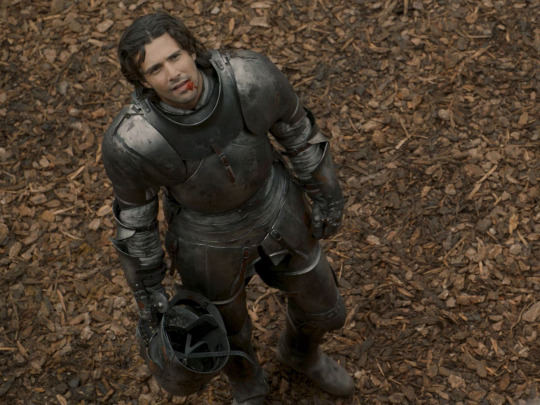


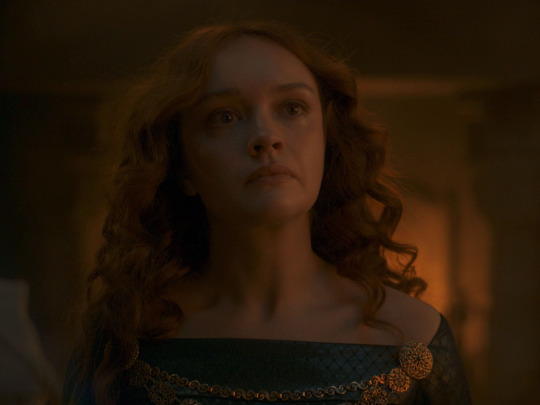



every woman is an image of The Mother.
#you are sworn to me#hotd#house of the dragon#hotdedit#criston cole#alicent hightower#hotd greens#alicent x criston#alicole#fabien frankel#olivia cooke#emily carey#courtly love#knight x queen#interesting detail: in most shots he looks *up* at alicent.#and now she looks up at him#context clues#religious symbolism#the queen mother
691 notes
·
View notes
Text
youtube
Queen Alicent & Ser Criston Cole... Courtly love was a medieval practice that idealized the relationship between knight and lady, based on adoration, loyalty and courteous gestures, without expecting physical reciprocity.
#hotd#house of the dragon#the greens#dance of the dragons#youtube#alicole#queen alicent#ser criston#criston cole#alicent hightower#alicent x criston#criston x alicent#courtly love#Youtube#alicent#criston#team green
28 notes
·
View notes
Text

the prince & his soldier
#wip#sketch#inkythoughts art#draft#doodle#artists on tumblr#heirs to the crown#httc#endres#caspar#original character#original characters#they're bisexual your honour#courtly love#the prince and his soldier#prince/soldier#my art#art#digital art#balcony#horse
158 notes
·
View notes
Text

Medieval culture really does blow me away, sometimes.
So, whenever you read about Courtly Love or Chivalric Literature, this should be on your mind.
#arthuriana#arthurian legend#arthurian mythology#arthurian legends#king arthur#queen guinevere#sir lancelot#medieval culture#courtly love#chivalric romance
35 notes
·
View notes
Text
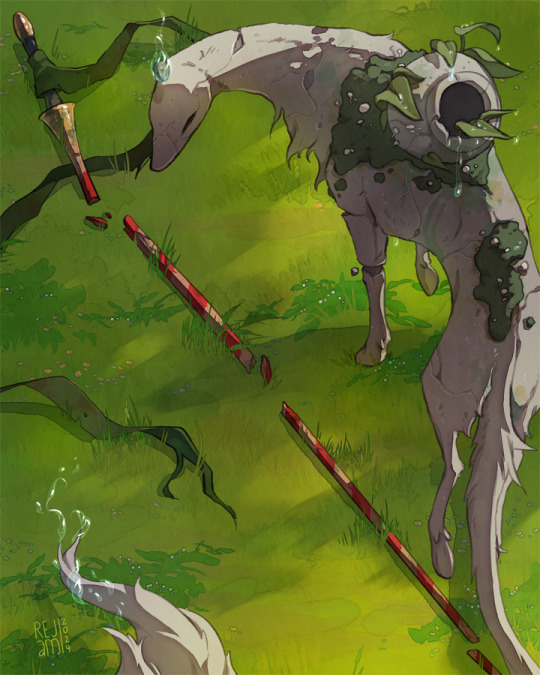
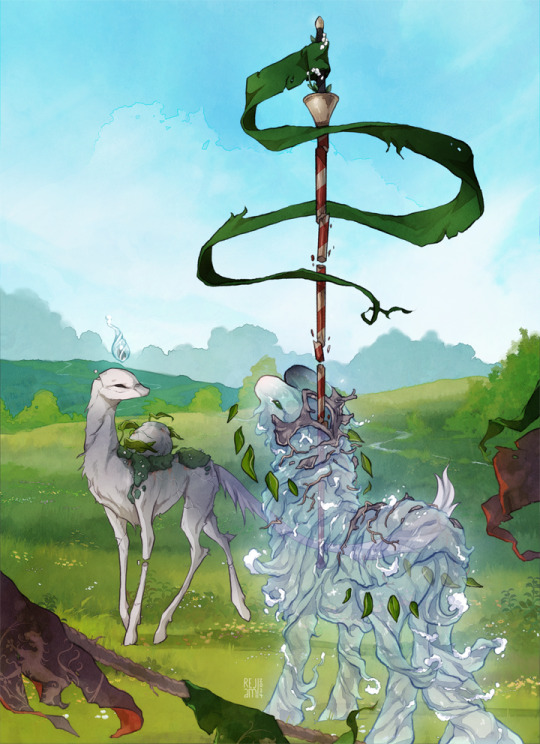

Fountain creates Accolade
#creature art#fantasy art#unicorn#those who went missing#arpg#esk#esks#accolade#fountain#courtly love#medieval
146 notes
·
View notes
Text

The Singers' Quarrel at Wartburg Castle by August von Wille
#august von wille#art#wartburg castle#medieval#middle ages#germany#minnesang#minnesinger#german#thuringia#courtly love#knights#history#minnesänger#eisenach#castles#castle#war of the wartburg#chivalry#chivalric romance#european#europe#singers#poets#singer#singing#knight#romantic#song#songs
122 notes
·
View notes
Text
me showing up in the second circle of hell: where is GWENCELOT⁉️
dante and virgil (simultaneously): GET OUT‼️
#arthuriana#the divine comedy#dante’s inferno#guinevere#lancelot du lac#gwencelot#dante alighieri#virgil#courtly love#this is really niche
139 notes
·
View notes